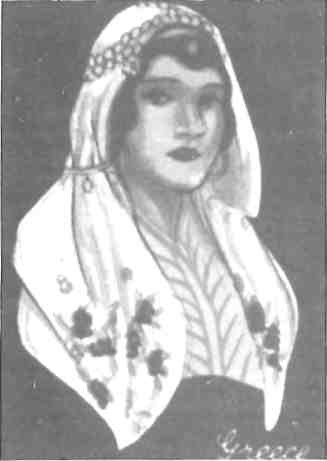
Mention cigarette cards to anyone around retirement age in the UK and memories of small boys kneeling on kerbsides and flicking dirty pieces of pasteboard along the pavements in the 1930s flood back.
Now, two generations later – although the cigarette companies no longer give away cards – the hobby of collecting ‘oldies’ is becoming increasingly popular not only in England but throughout the continent.
But there is a difference. No longer are they regarded as common ‘giveaways’ to be picked up from discarded packets in the gutter, or begged from adults who smoked the weed. Today they are seen as miniature gems of social history. Most are examples of excellent photography or artistry, with faultless presentation and immense detail, their coverage extending into countless fields of interest.
The issuing of cigarette cards, both at home and overseas, was an advertising ploy which intensified in 1901 when James Buchanan Duke, an American tobacco magnate, set foot on British soil. He attempted to corner the market by importing raw tobacco from his plantations and manufacturing cigarettes in the UK, thus dominating the industry as he had done in the US. Immediately, he bought Ogdens for the sum of five million dollars.
British companies reacted to the threat by forming a consortium, led by WD & HO Wills of Bristol, which became known as the Imperial Tobacco Company (of Great Britain and Ireland) Ltd. A short and sharp conflict ensued in which Duke used the cigarette card as a tool to sell his cigarettes, thus starting what came to be known as the ‘tobacco war’.
The Imperial Tobacco Company fought back with the same weapon, and, having the advantage by then of a vast number of companies within the group, each offering a variety of sets to be collected, they soon proved too strong for the invader.
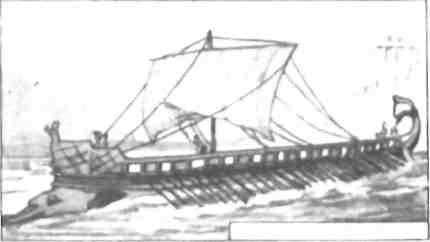
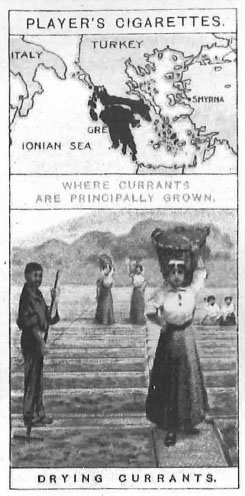
In 1902 Duke admitted defeat rather than be saddled with an expensive fight, and he decided to get out. Selling Ogdens to the ITC for three times the amount he had paid originally, and negotiating to market tobacco in other countries instead, he left the field to his opponents and withdrew. But the humble cigarette card remained as the accepted medium for boosting cigarette sales right up to the start of World War II when, on the grounds of paper economy, cards ceased to be produced.
At first, the cards just carried a picture on one side and advertising on the other, but soon consumer demand for knowledge brought greater information and less advertising on the back, a feature which makes them more interesting and valuable for today’s collector.
Cards soon began to reflect people, places and events throughout the whole world. Sportsmen, actresses, politicians, and royalty were much in evidence, and Greece, with its wealth of ancient and modern peculiarities, was an obvious subject to be spotlighted by the card compilers.
In 1908 Wills produced two sets of 50 cards titled ‘Portraits of European Royalty’, a pleasant, lithographed sepia-toned series which included all the crowned heads, their wives and families, portraying no less than eight members of the Greek lineage (the King and the Queen, Prince George, Prince and Princess Nicholas, Prince and Princess Andrew, and Prince Christopher).
The Edwardian era, being a period of exhibitions, visits by heads of state, and general tours of goodwill, brought a demand for a wider vocabulary. In 1907, to meet this need, Ogdens issued the ‘Greetings of the World’ series, in which we find a card for Greece. The compiler tells us that “the customary greeting amongst the hospitable, proud, and handsome people of Greece is a slight bow, using the words Ti kamnete? This, translated into English, means Ti (what) kamnete (do you ail?) Their national dress, the short white kilt, had been adopted from the Albanians.”
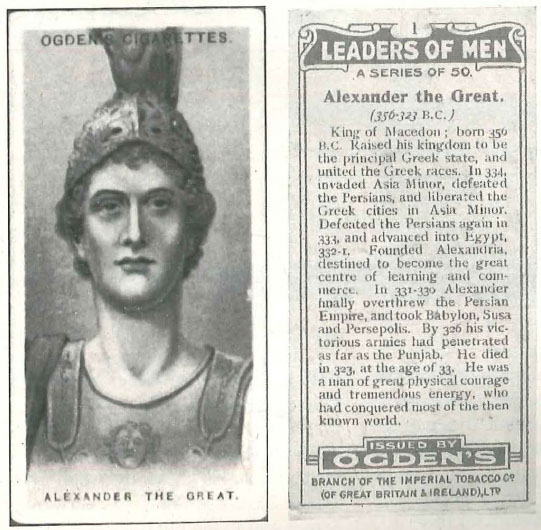
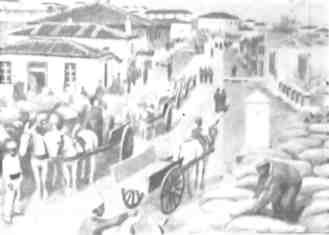
Ancient Greece is not forgotten. In Ogdens’ series of 50 ‘Leaders of Men’, Alexander the Great proudly ranks number one while Pericles and Homer (no.37 and no.24, respectively) support him in a colorful trio.
Of Pericles the compiler says expressively, “He was of serene and dignified bearing and his eloquence held both friend and foe spellbound.”
As early as 1908 when Players issued their ‘Products of the World’ set, Greek exports in the nature of its currant industry had already laid a claim to fame. The compiler gives, in detail, some idea of the size of the production 80 years ago: “Greece exports annually about 110,000 tons of currants, worth 1,270,000 pounds, the greater part of which is sent to the United Kingdom.”
The topography of Greece and her islands is not overlooked on the cards. In 1926, Sarony published a set which includes pictures of the Acropolis in Athens and Moudros Bay on Lemnos. Also we find in Scerri’s (Malta) issue of 100 cards titled ‘World’s Famous Buildings’ that Athens is again prominent. Another aspect is the country’s railway system. Churchman’s ‘Wonderful Railway Travel’ includes a shot of the Assopos Gorge Bridge, but the compiler in this case is not too complimentary: “Until 1916, there was no railway link between Athens and the rest of Europe, for Greece had a very inadequate railway service. The building of the Greek longitudinal railway, however, provided a connection between Athens and Platy… The line passes through mountainous country in the course of 294 miles, and there are 58 tunnels altogether. The Assopos Gorge Bridge is here shown. It carries the line 330 feet above the torrent below, with a clear span of 240 feet, and it is set on a curve between two rock tunnels, on a gradient of 1 in 53.”
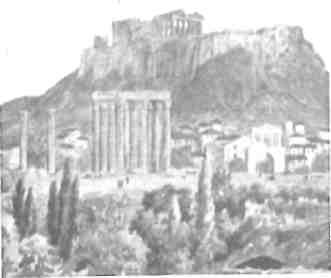
Greece has been connected with the sea since the start of history, so it is not surprising to find cards portraying that aspect. Murray & Sons’ series The Story of Ships’ is just one example. Here we find a Greek galley (400 BC) which, we are told, could travel 168 miles in 24 hours when manned by 118 oarsmen.
These mouth-watering peeps into the past are but a few of the delights awaiting the cigarette card collector – or cartophilist, as he or she prefers to be called – who cares to seek for them. And there are many sources of supply.
Sets or just individual cards may be bought from dealers who frequent the many postcard/stamp fairs. They may be obtained by auction or through the post. To help the buyer – and ensure that prices are fair – several top dealers issue yearly catalogues which include almost all the sets ever issued.
Cigarette cards are also a good investment, as at the present they are not only holding their value but increasing by 10 to 15 percent per annum. Although the rare ones are beyond the pockets of most, the majority is still obtainable in good quantities for a few pence.
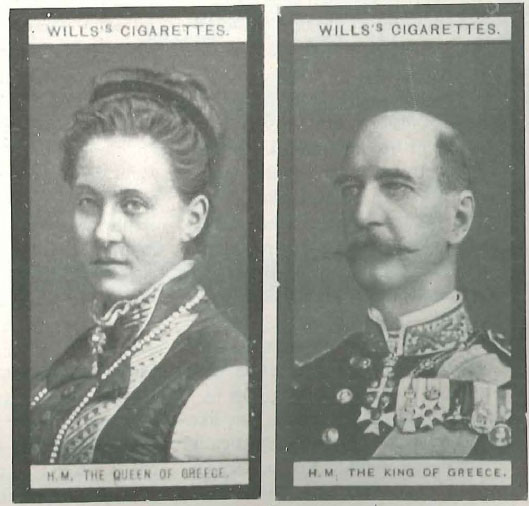
Cartophily is a friendly hobby and the newcomer is certain to be helped and advised. The best introduction into the world of cigarette cards must be the newsy magazine Card Times, published monthly by Magpie Publications, 70 Winifred Lane, Aughton, Ormskirk, Lancashire L39 5DL, England. The cost ranges from 12 to 50 pounds for a year’s supply.







